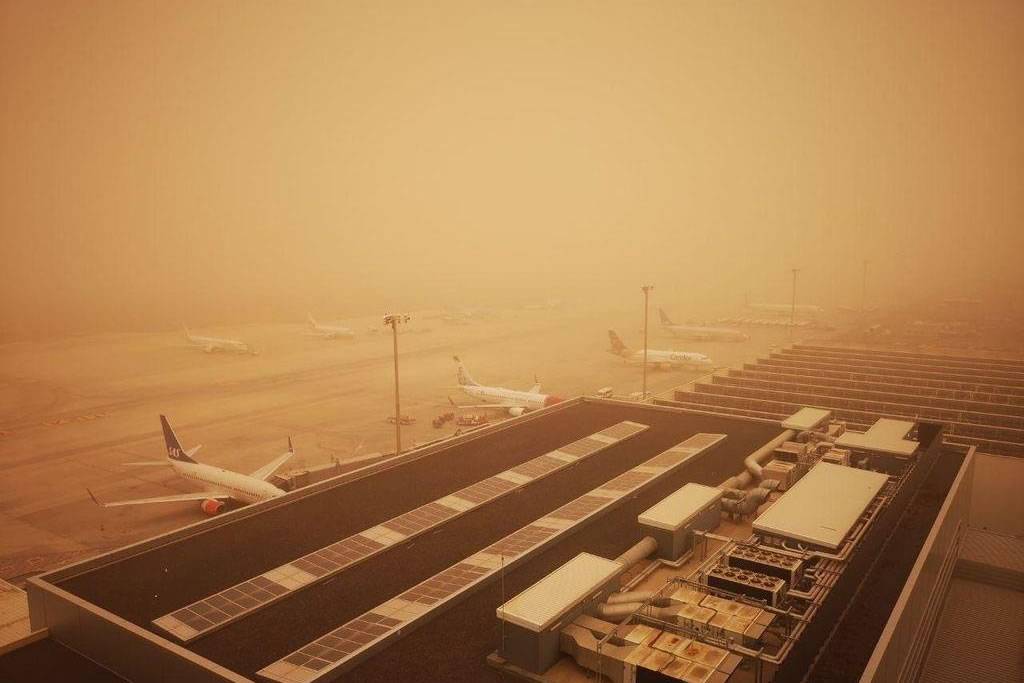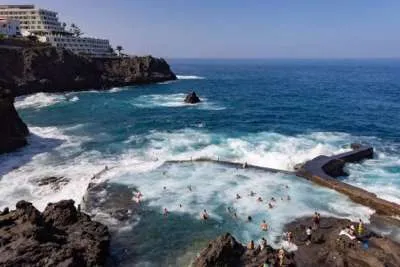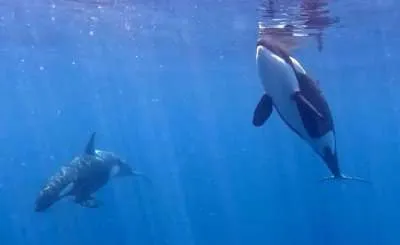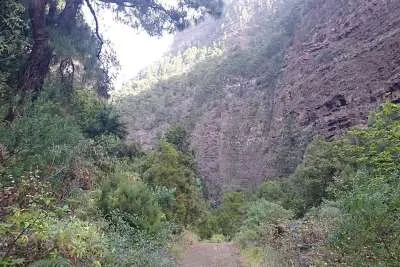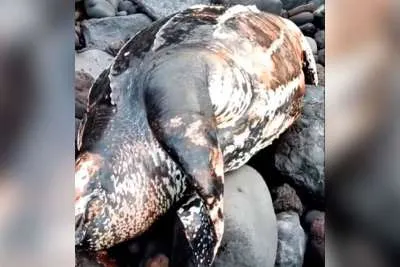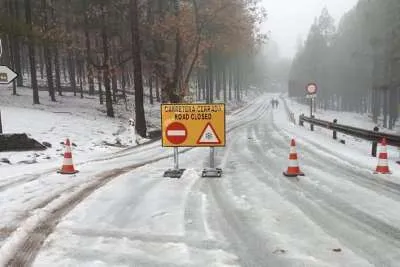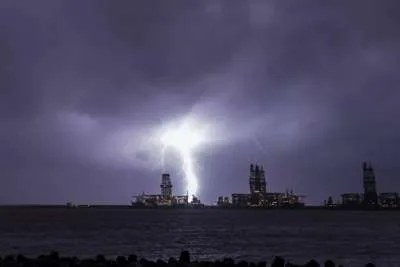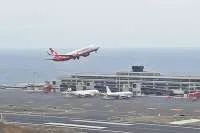The Canary Islands are having more intense calimas due to a change in weather patterns
- 25-05-2024
- National
- Canarian Weekly
- Photo Credit: CW / Efe
The Canary Islands have seen a significant change in the pattern of calimas in the archipelago over the past four decades. A new study published in the journal Heliyon reveals that while the frequency of calimas has decreased, their intensity has risen.
Since 1980, the islands have recorded 483 episodes of calima with an average of 24 days per year affected by Saharan dust and haze, each lasting an average of 1.8 days.
Researchers registered calimas when horizontal visibility dropped below 10 kilometres at a minimum of two different airports, provided the relative humidity was below 70% to rule out fog or mist. This method allowed for an extended temporal analysis using visibility data from six Canary Islands airports: Lanzarote, Fuerteventura, Gran Canaria, Tenerife (2), and La Palma.
David Suárez, the study's lead author and a delegate of the State Meteorological Agency (AEMET) in the Canary Islands, clarified that these 483 calimas represent only those significant enough to impact flight operations. For example, in February 2020, a severe calima forced the temporary closure of all eight airports in the Canary Islands.
The study also introduced a Dust Adversity Index (DAI) to better understand the severity of calimas. This index combines the reduction in visibility, the area affected, and duration of the haze into a single measure.
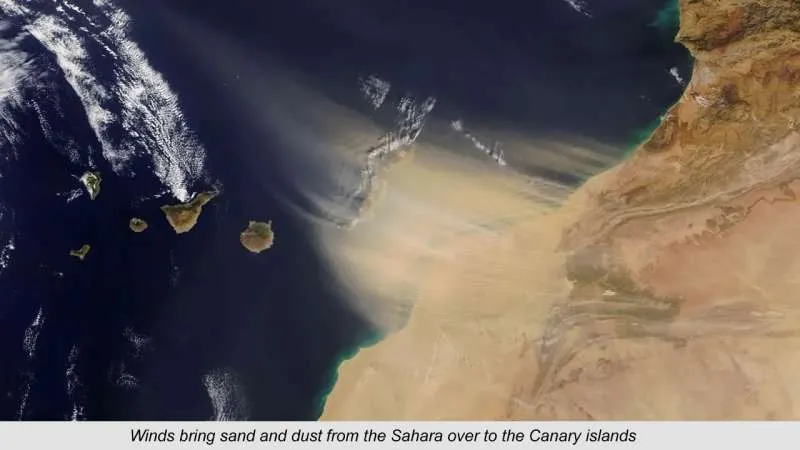
The average DAI was 1.27 for all recorded episodes. Of these, 466 scored below 5, 13 of them ranged between 5 and 10, and only four surpassed 10, including major events on March 1st 1992, December 27th 1988, January 17th 1983, and January 28th 2022.
Over the 40-year study period, the annual average of calima days per year has decreased from a minimum of 40 days in the early 1980s, to fewer in recent years, however, the more recent ones have been more severe with visibility often dropping below 7.5 kilometres annually since 2010. The most intense episodes typically occur in January and February, while November sees the shortest durations.
The increasing intensity of calimas is linked to changing weather patterns. The Azores High has shifted southwards, generating easterly winds in North Africa leading to a more significant intensity of dust transported to the Canary Islands during storms. This phenomenon, known as the "atmospheric dipole," may be driven by global warming, according to a study by the Spanish National Research Council (CSIC).
The findings of Suárez and his team highlight a trend where calimas are less frequent but more intense, significantly impacting visibility and posing challenges for air travel and public health in the Canary Islands.
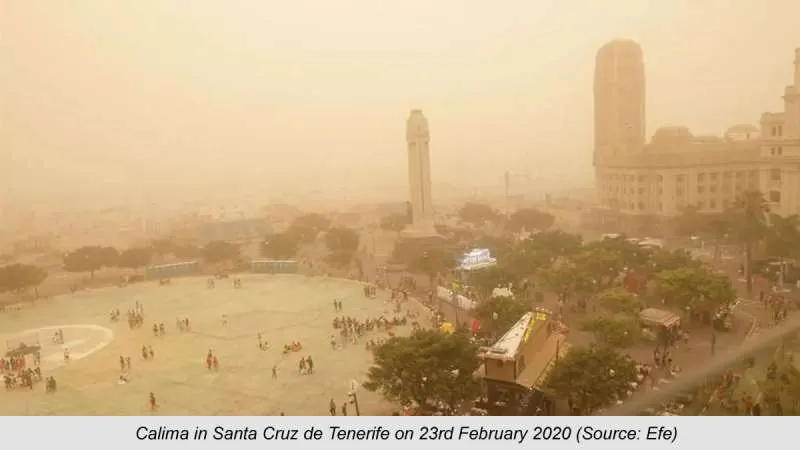
Other articles that may interest you...
Trending
Most Read Articles
Featured Videos
A Vision of Elvis Tenerife Promo
- 10-05-2025
TEAs 2025 Highlights
- 17-11-2025


